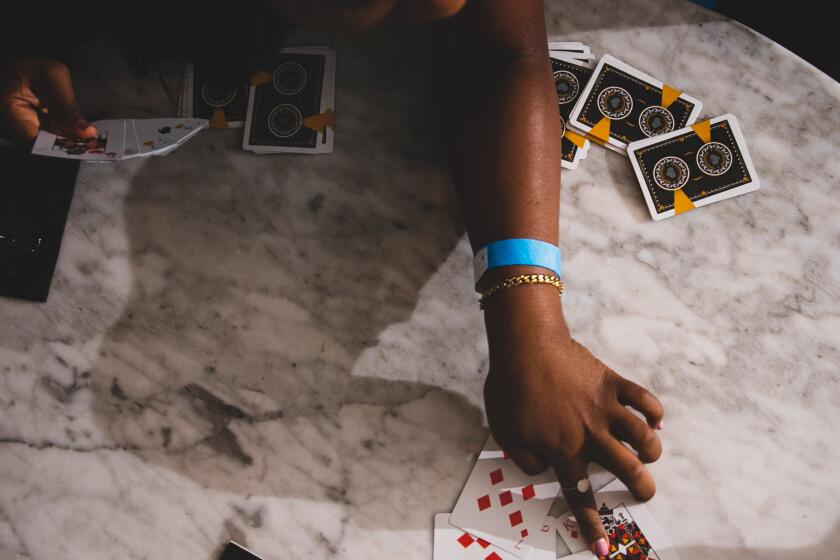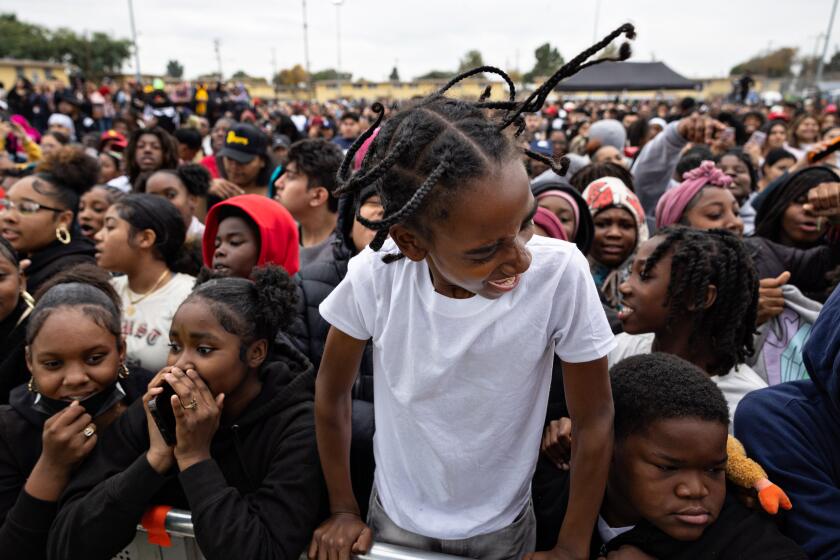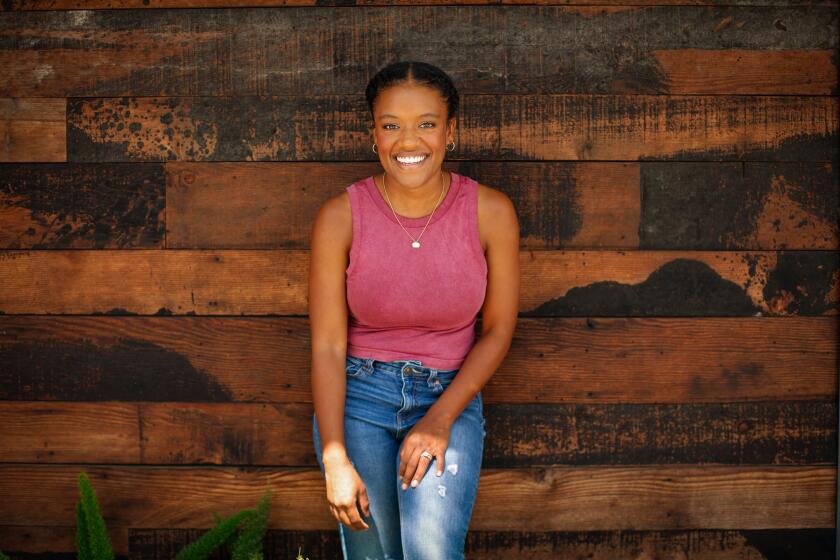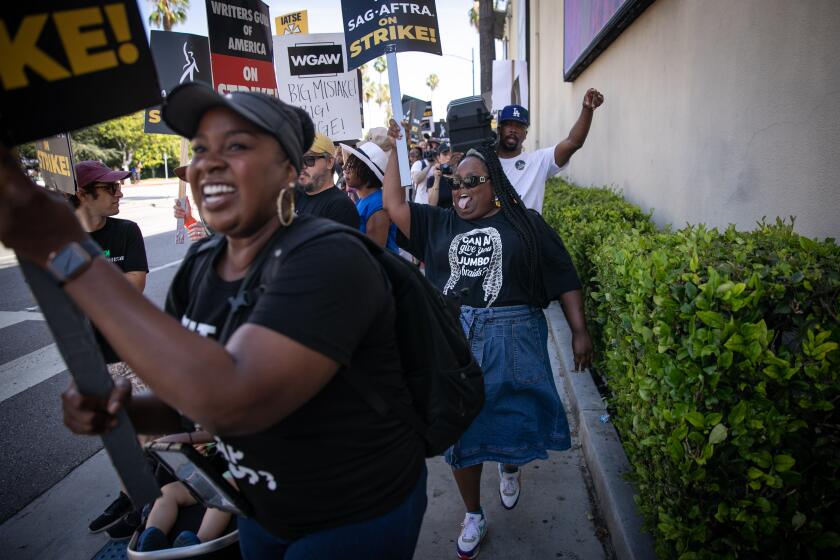Intimate photo series celebrates Black fatherhood through portraits of hands
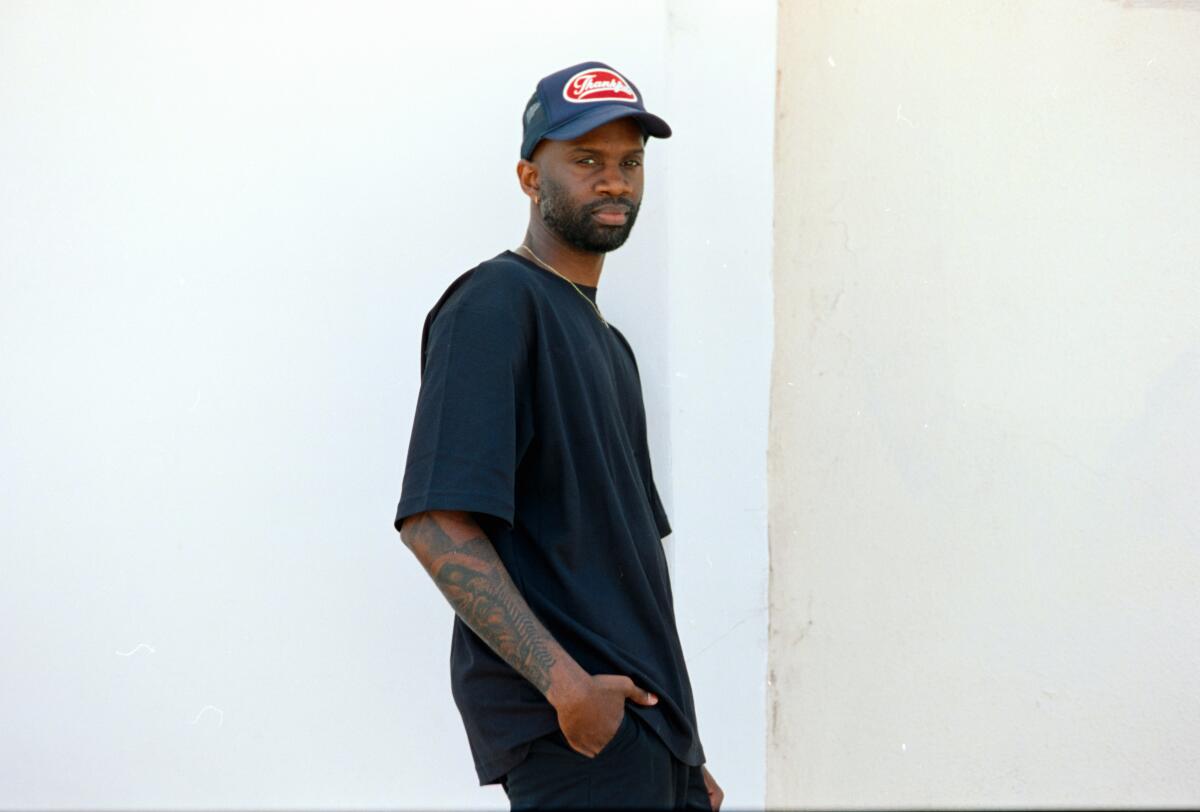
- Share via
When Mark Clennon looks at his hands, they instantly remind him of distinct memories he shared with his father during his childhood. From shooting hoops together at the park to watching his dad install speakers in car trunks in their Florida neighborhood, his father’s hands — which resemble his own now that he’s older — is part of what connects them to one another.
“I just remember seeing his hands working,” Clennon says about his father, Mark Clennon Sr. “He was very much like a handyman type. Every time you see him, he’s trying to fix something.
I guess as a kid, I would be fixated on [his hands] because I know them,” adds Clennon, an L.A.-based photographer who has shot several campaigns for brands such as Nike, Target and the NFL as well as star-studded magazine covers. A photo he took at a protest following George Floyd’s killing went viral in 2020.
“All of the people closest to me, I can recognize them by just their hands,” the photographer said.
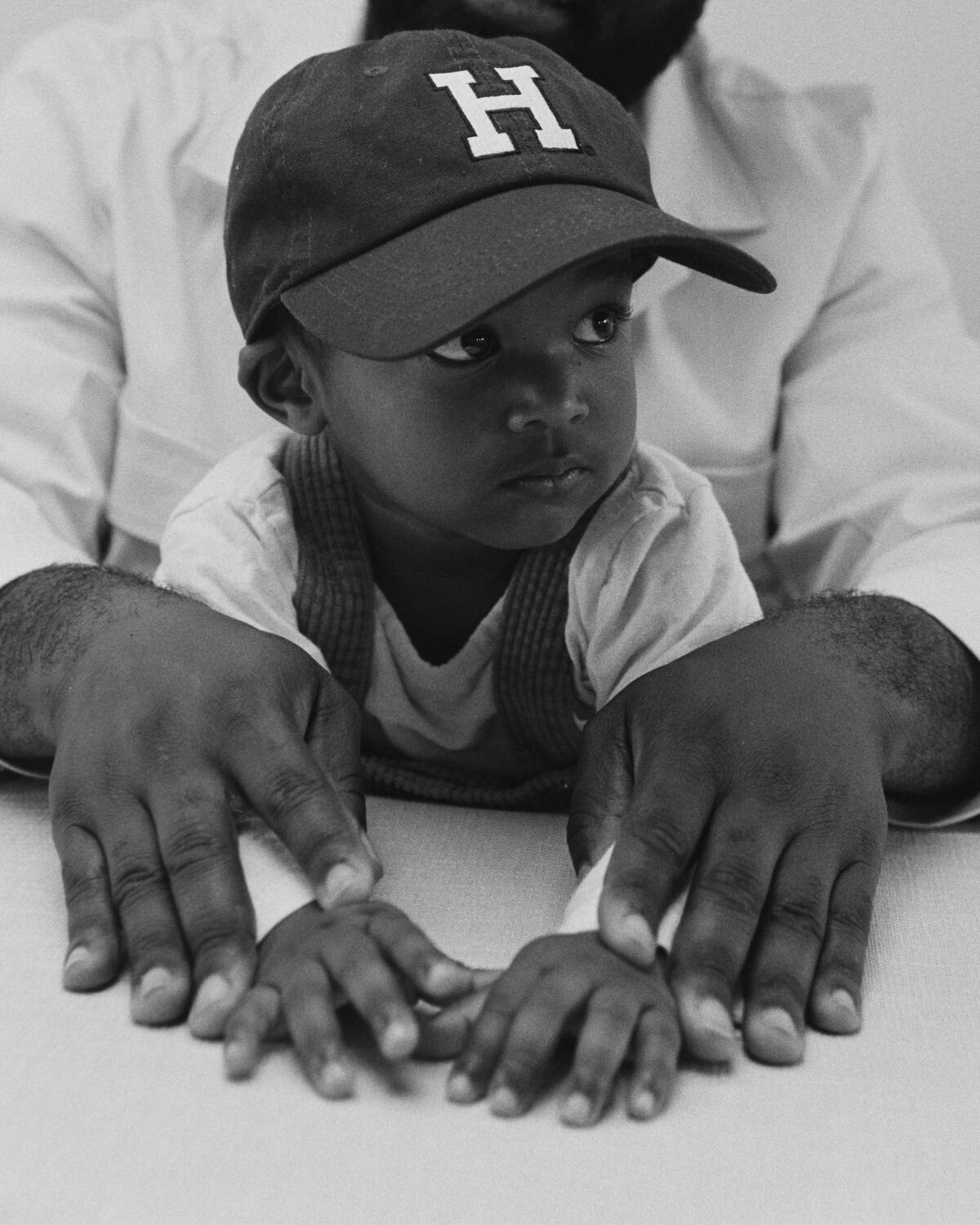
For Clennon, whose work is also part of the permanent collection at Whitney Museum of American Art in New York, hands are an overlooked body part that are inherently intimate because they provide a “source of both care and discipline from our fathers,” he said. Hands also reveal stories — sometimes more than faces can, he added.
In 2018, Clennon launched a portrait series called “My Father’s Hands,” in which he photographed 18 fathers and their sons to showcase how hands bind generations and to celebrate Black fatherhood. This Father’s Day, he’s bringing back the project and will host a donation-based photo session at the Black Image Center in Mid-City in collaboration with the community organization Black Picket Fence. Participants can sign up for a time slot here. (The sessions are currently full, but Clennon said people will soon be able to sign up for the wait list.)
The project also challenges stereotypes that Black fathers aren’t involved in their children’s lives. This was one of the reasons that Sid Baptista, a volunteer and member of Black Picket Fence, wanted to partner with Clennon on the event.
“I didn’t grow up with my father around,” says Baptista, who’s a father of two. “I just thought [Clennon’s] approach and how he’s trying to rewrite the narrative around Black fatherhood was beautiful.”
Clennon, who’s become a father since he started the project six years ago, caught up with The Times to discuss the inspiration behind “My Father’s Hands,” reveal what it’s taught him about fatherhood and share images from his most recent event in May. This conversation has been lightly edited for length and clarity.
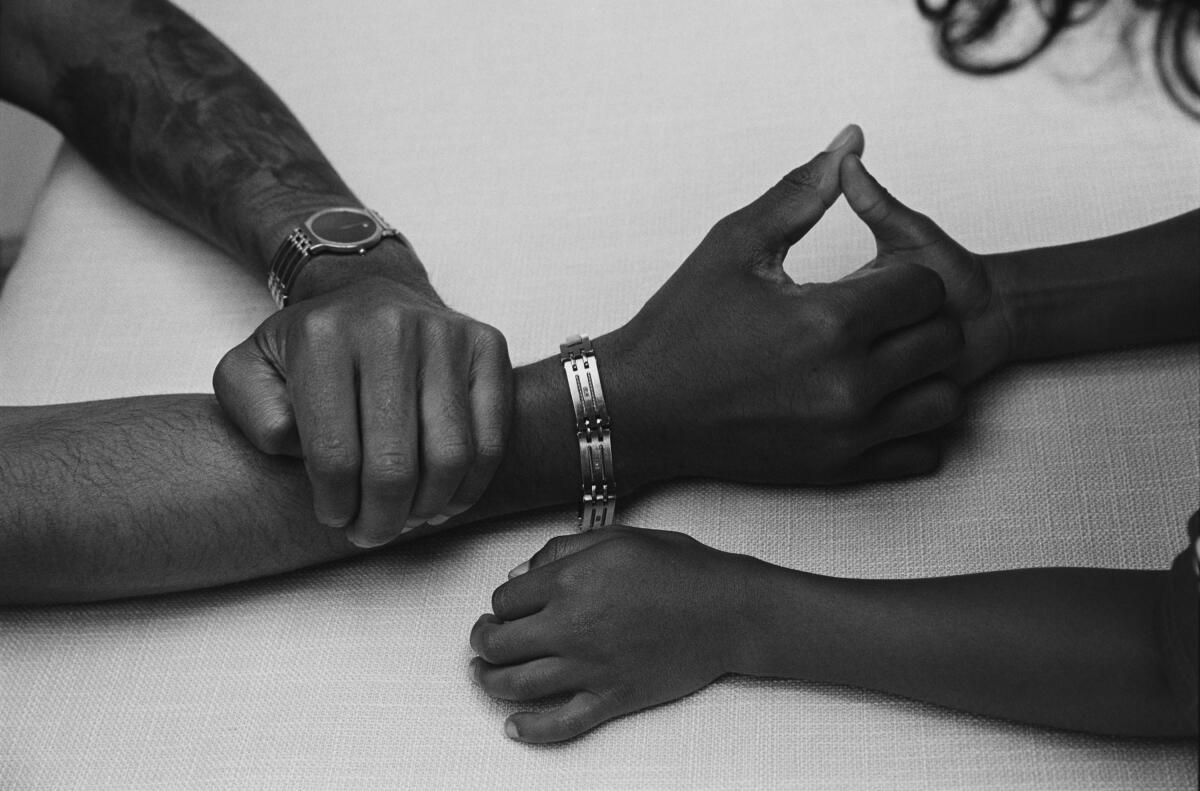
What inspired you to launch this series in 2018?
I think it just had to do with getting older. I remember I was working on something and I looked at my hands, and I was like “Dang my hands kind of look like my dad’s hands.” That was the first time I really even thought of his hands. I guess as a kid, I would be fixated on them because I know them. All of the people closest to me, I can recognize them by just their hands.
I wanted to have a recurring portrait series of people, and to add that element of hands and what that can mean when hands touch. They are also used as fists. You discipline people with those hands. You hold people with hands and console them. So like, wow, hands really do have an intimate meaning in any relationship, so I thought it’d be a good idea to document those lesser known parts of someone that you remember.
During the first session [in 2018], I realized you can make really cool shapes. Hands tell a really cool story. When people come I don’t say like, “Take off your watch or your ring” or anything. Just however you decorate your hands, however they come, let’s just document this time.
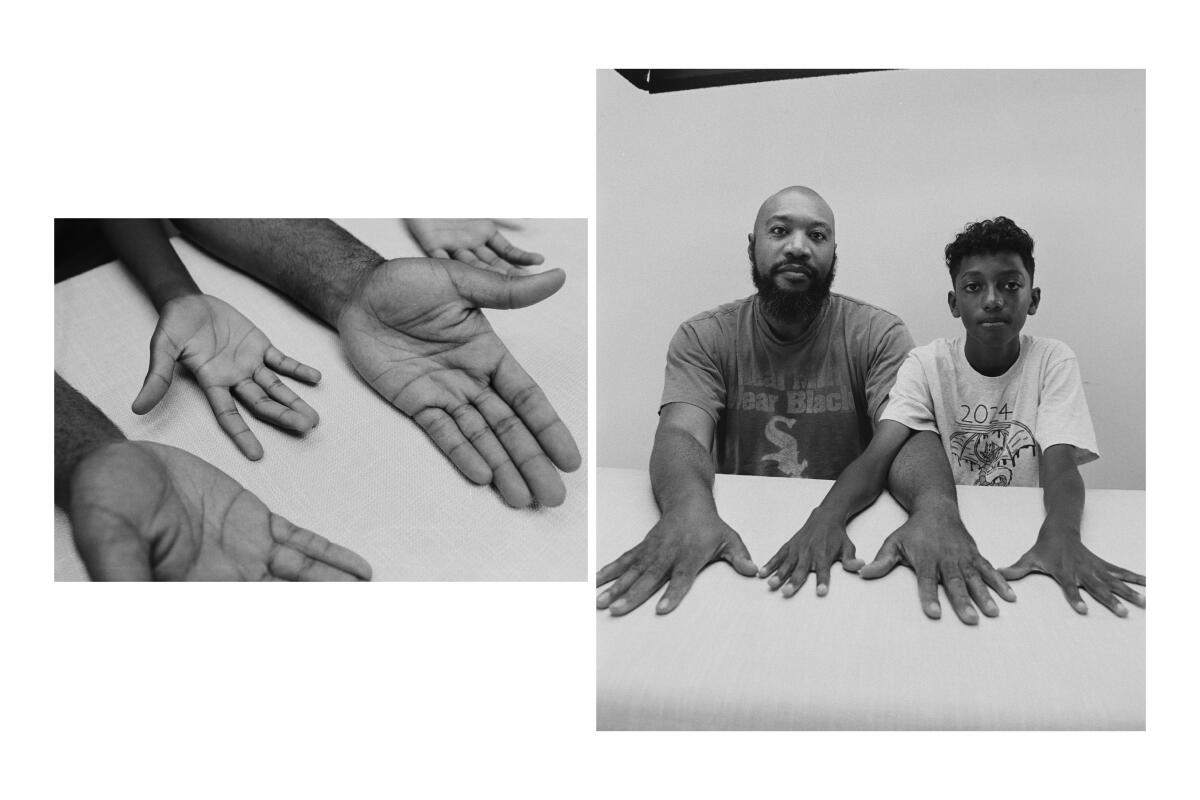
You’ve hosted two photo sessions since starting the project. Are there any standout moments that you can share?
A father and son who came in 2018 came to our last session [in May] as well, and surprised me. The father looks the same, but the kid is six years older. The first time, he was young and spoke like a child, but when he came [recently], he made his father cry because he was saying, “My father is caring, loving and I’m really happy he’s my dad. He’s so patient with me.” Just to witness that exchange from a son to a father is exactly what I wanted. I didn’t photograph them talking. We all got to live that in the studio together and to commemorate that, we made additional photos of their hands. That was a great moment. I love the phrase “It’s a full circle moment.” So I’m like, in order to close a circle, you’ve got to open a circle. So I want to live and have these moments, and open as many circles as possible, so that one day down the line, I’m photographing these kids who are becoming men, far into the future. I hope that this can be a long term project that I can leave for people to see. I’ve always had this vision of everything being black and white with just a wall of fathers and sons’ hands from the ceiling to the floor as you walk into a museum and that just is what it is — no further explanation needed. I feel like it’s important to see Black men, not stylized in a very specific way, but coming as they are.
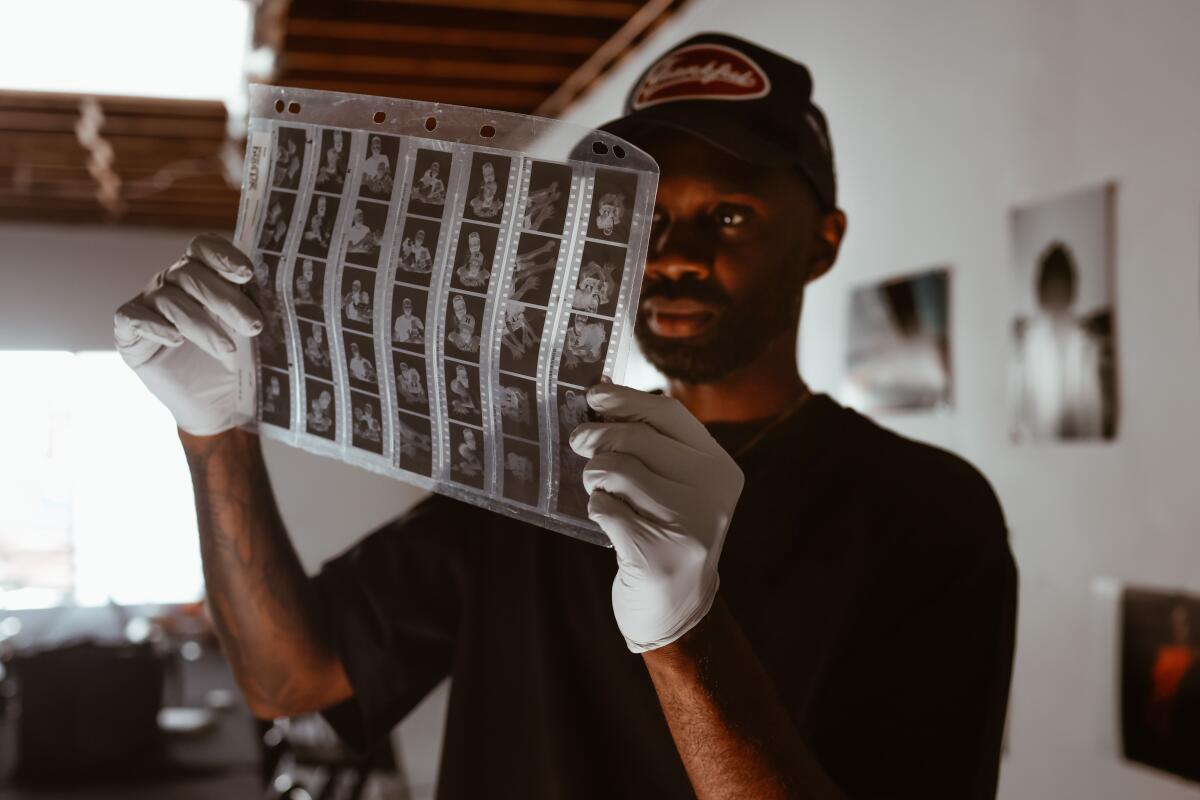
Although you don’t have a son, I’m curious if this project has made you view fatherhood differently or if it’s given you a new perspective in any way?
It’s funny because the last time I did it, I didn’t have a child and also I’m better with the kids. Any kid under 4, I can handle. With 7 and 8 year olds, I don’t know what’s going on. But I have an opportunity to ask these fathers — some of them have two kids. Like what is it like having a 9-year-old? Do they still like you [or] do they want to be on YouTube? So it gives me the opportunity to learn from other fathers, which is something that I don’t think a lot of people get the opportunity to do.
I keep in touch with some of them. We follow each other on the socials, and I get to see these kids grow and do their thing. It just reaffirms what I’m trying to do as a father, and the project forces you to look down at yourself and that stillness is what you need to be an intentional and caring teacher, leader, disciplinarian, all of the above.
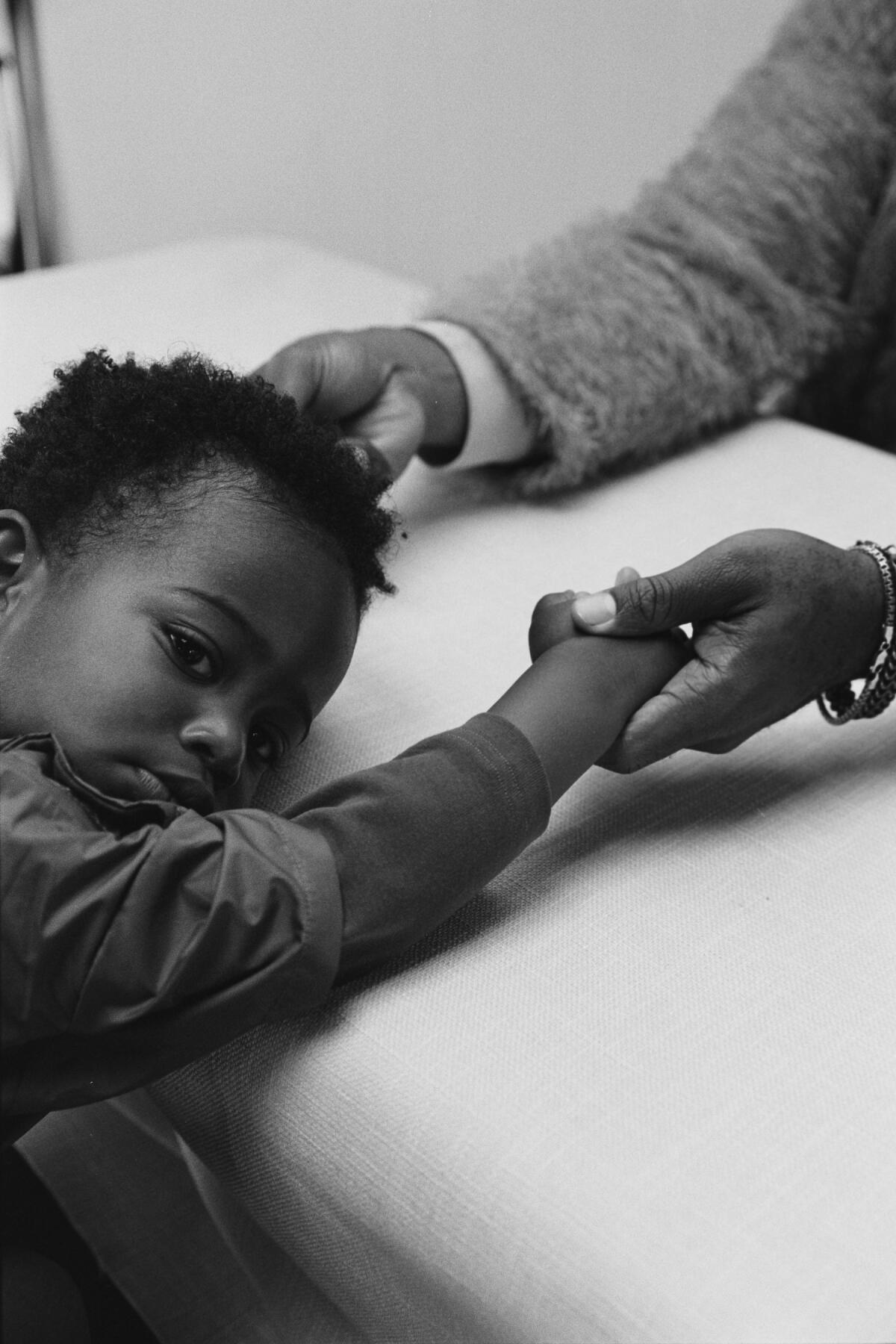
You hosted another round of this photo series in May. How did that go and what can people expect from the upcoming Father’s Day shoot?
It was a good event and also it introduced a few people to the Black Image Center, which have been a great partner. The first time [I did it], I had to pay for my own studio, but [the BIC] has allowed me to use their space for free. I wanted the barrier to be as low as possible for people to come, so the photos are free. It’s shot on film, so it’s a physical medium so if one day we want to print it out the size of a billboard, we can. So it’s a very homegrown Black production that introduces people to the Black Image Center and it also [serves] as an example of how important Black images are. Everything we’re doing here is for donations and we’re really encouraging people to ‘pay as you wish.’ One hundred percent of the donations goes to the Black Image Center. I just think it’s important to have. I get more value out of just providing these images than any sort of campaign.
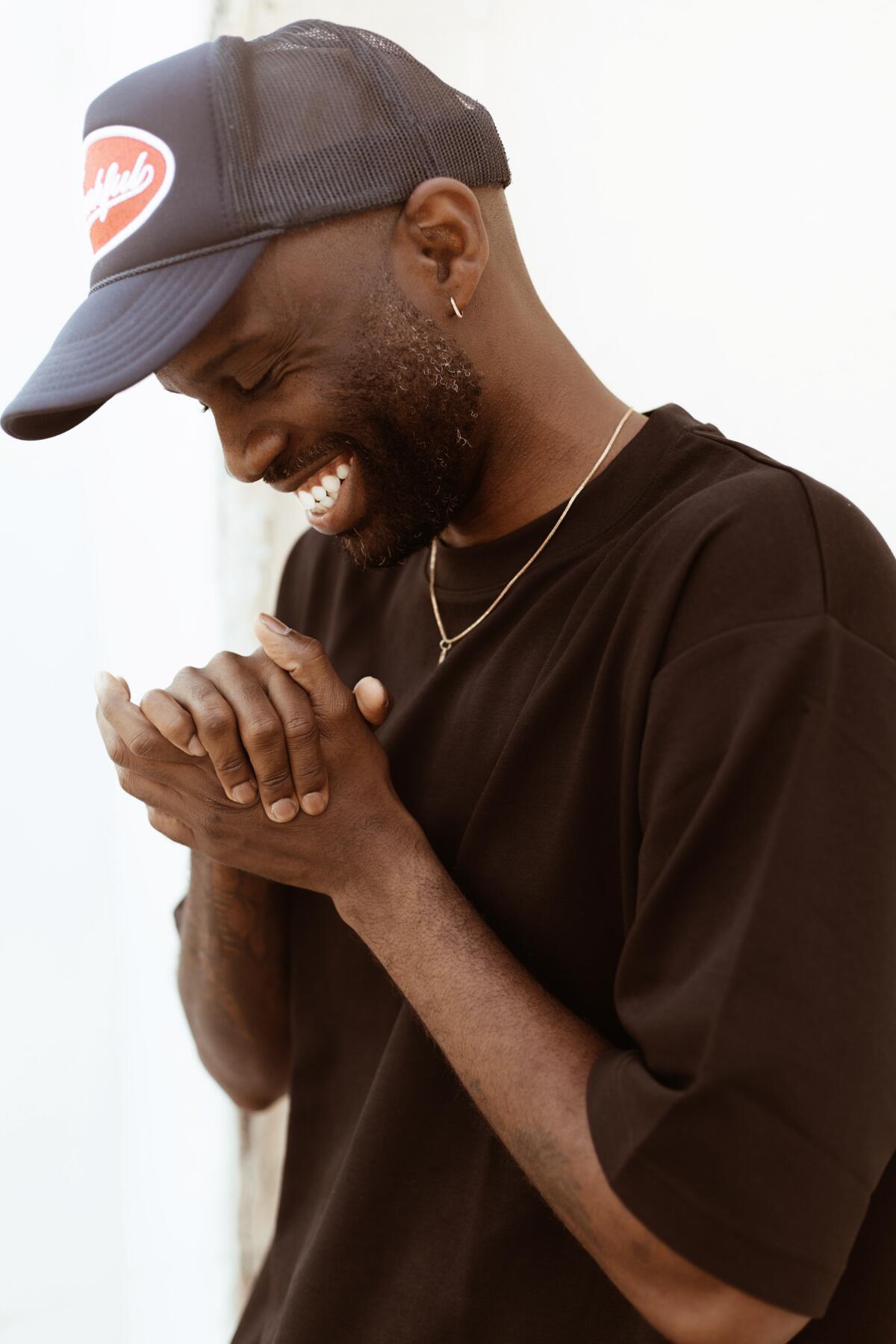
What do you hope that people take away from this experience?
I just hope that they get a time marker. They might go years without seeing the photo, but when they do find the photo again, they’ll have memories of that day and that time they had with their family. If they do end up printing it out and putting it on their wall, they will have an opportunity for their child to grow up with it in their house and whenever they see it, it’ll remind them of home. That’s the reason why photography is my favorite because it’s up on a wall, it’s going to remind you of the home that it’s in and that’s what I hope it provides for these families.
More to Read
The biggest entertainment stories
Get our big stories about Hollywood, film, television, music, arts, culture and more right in your inbox as soon as they publish.
You may occasionally receive promotional content from the Los Angeles Times.
